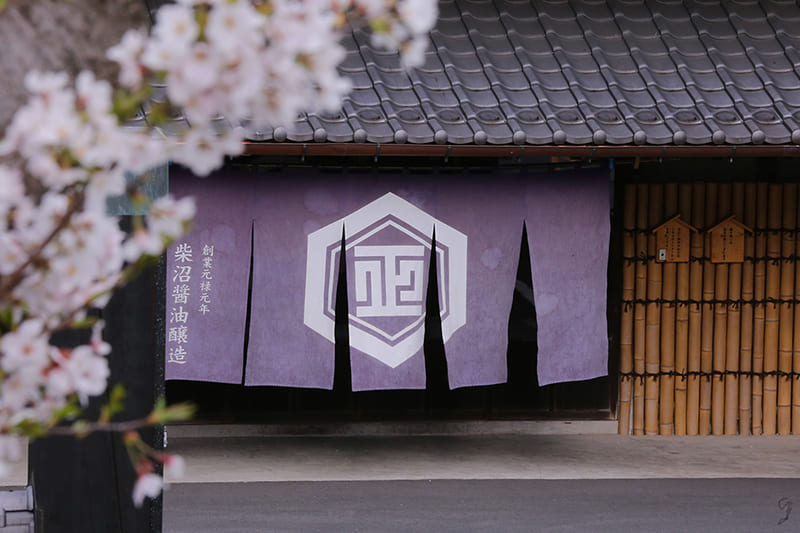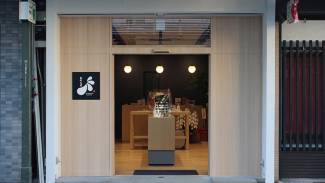SHIBANUMA SOY SAUCE
FROM SHOGUNATE TO TABLE
A HISTORY OF BREWING TRADITIONAL FLAVORS
Generational company maintains excellence through the blending of tradition and innovation
Shibanuma Soy Sauce Co. crafts soy sauce using a traditional method of natural fermentation in wooden barrels that has been passed down from generation to generation for 338 years. The brewery is about an hour’s drive northeast of Tokyo in Tsuchiura, Ibaraki Prefecture, which thrived as a major production region for soy sauce during the Edo Period (1603 to 1868).
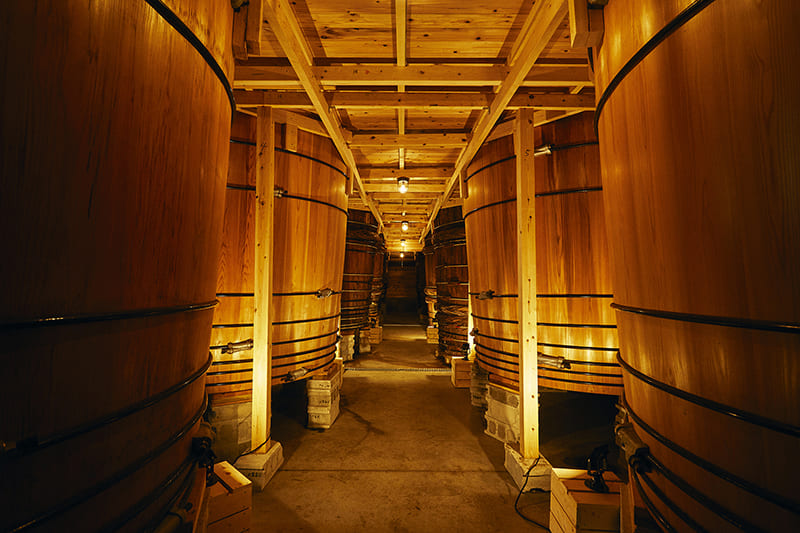
Since the brewery’s establishment in 1688, its soy sauce-making techniques have been passed down to the family’s eldest son, and President Hideatsu Shibanuma is part of the 18th generation to preserve its traditional flavor.
“Many soy sauce breweries across Japan made sauce to supply their communities, but the Tsuchiura breweries were official suppliers to the shogunate in Edo (present-day Tokyo), providing large quantities of high-quality soy sauce. As a result, Tsuchiura soy sauce was also widely loved by the ordinary people of Edo,” Shibanuma said.
“Tsuchiura developed as a soy sauce brewing area because it was near Mount Tsukuba, where the ingredients for soy sauce — high-quality soybeans and wheat — could be produced. This location also meant that finished products could be transported by river to Edo,” he said.
Today, most manufacturers brew in stainless steel tanks, but Shibanuma continues to use the traditional method of natural fermentation in wooden barrels. This involves fermenting soybeans, wheat and salt in large cedar barrels, then maturing the mixture slowly — like wine and whiskey — to develop a distinctively rich flavor and aroma.
Shibanuma says that the secret to their soy sauce is the kura (storehouse) where it is brewed and matured and the barrels they have used for over 100 years. Living in said building and barrels are around 100 different microorganisms, which give rise to the sauce’s distinct umami flavor during the brewing process. This production method utilizing wooden barrels requires more time and effort than its modern stainless steel tank counterpart. Regardless, at Shibanuma they remain committed to this traditional process, believing that these microorganisms are the key to its sauce’s distinctive flavor.
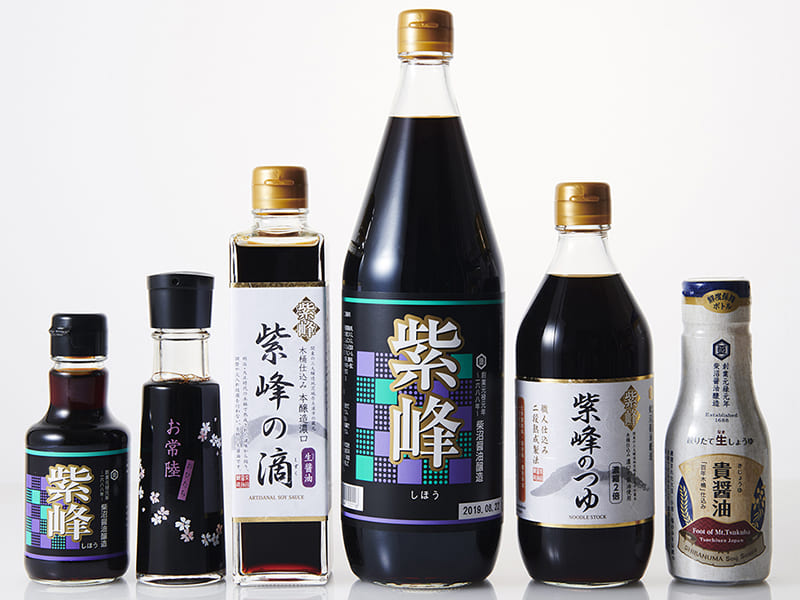
This traditional technique is used to make the company’s flagship soy sauce, Ohitachi. First, using locally grown ingredients, kōji, a mixture of soybeans and wheat covered with kōji mold, is prepared in the brewery’s barrels. Then, domestically produced salt is added, and the mixture is aged for around two years to produce moromi (a fermented mash). Pressing the moromi produces Ohitachi, which is a raw (unpasteurized) soy sauce. The lees are used as livestock feed by local farmers. The manure is then used to fertilize farmland where soybeans and wheat are grown, completing the production cycle.
Tradition and innovation
Most manufacturers sterilize soy sauce by pasteurizing it before bottling, but to preserve its flavor and aroma, Ohitachi is not heated. Shibanuma combines innovation with tradition to deliver the authentic taste of traditionally brewed soy sauce.
According to Shibanuma, heat sterilization alters the color and aroma of soy sauce. Instead, the brewery uses newer technologies, such as sterilization by ceramic filtration and aseptic filling in a clean room, to deliver the original soft color, clean taste and rich aroma of raw soy sauce to the customer’s table.
The brewery uses modern technology to help it maintain the traditional methods and flavor of its sauce. Yet, that doesn’t mean preserving heritage is easy.
“Seventy years ago, Japan had 6,000 soy sauce manufacturers. Now the number is only about one-sixth of that. Once, there were 19 soy sauce breweries in Tsuchiura, but now it’s just us. We became deeply worried that if things went on as they were, we would not be able to extend our history to 350 or 400 years,” Shibanuma said.
However, in 2010 a ray of hope came from an unexpected source. An Australian trading company had seen Shibanuma Soy Sauce’s website and decided to contact the brewery. Impressed by the brewery’s story and history, it made an enthusiastic offer to import Shibanuma’s products. Having had no prior export experience, at first Shibanuma was hesitant, but within a month he decided to visit Australia.

“I flew to Melbourne and Sydney with samples of our soy sauce, and also visited Japanese restaurants. They were all surprised and impressed by our over-300-year history and how we have been family-run for 18 generations. People really admired the 100-year-old wooden barrels that are our company identity, and the flavor of the soy sauce brewed in them.”
Shibanuma returned home with the strong impression that it was not only the Japanese market that appreciated the traditional flavor, and before long he received an order from Australia for 20 cases of soy sauce. This grew to 50 cases, then 100 cases and eventually container loads. At that point, Shibanuma decided that it was time to travel the world to sell his authentic soy sauce.
Responding to changing needs
“Starting in the U.S., I traveled through Asia, the Middle East and then Europe. In the end, I visited more than 70 countries myself,” Shibanuma said. “I had a particularly good response in Europe. If you consider the EU to be a single block, larger manufacturers have an edge because they can fill the market with their products. But in fact, customer preferences and ways of thinking are different in each country. In that respect, small manufacturers like us can be more agile. Our big strength became that we could actually visit various local stores, listen to needs in each country and respond carefully to them in detail.”
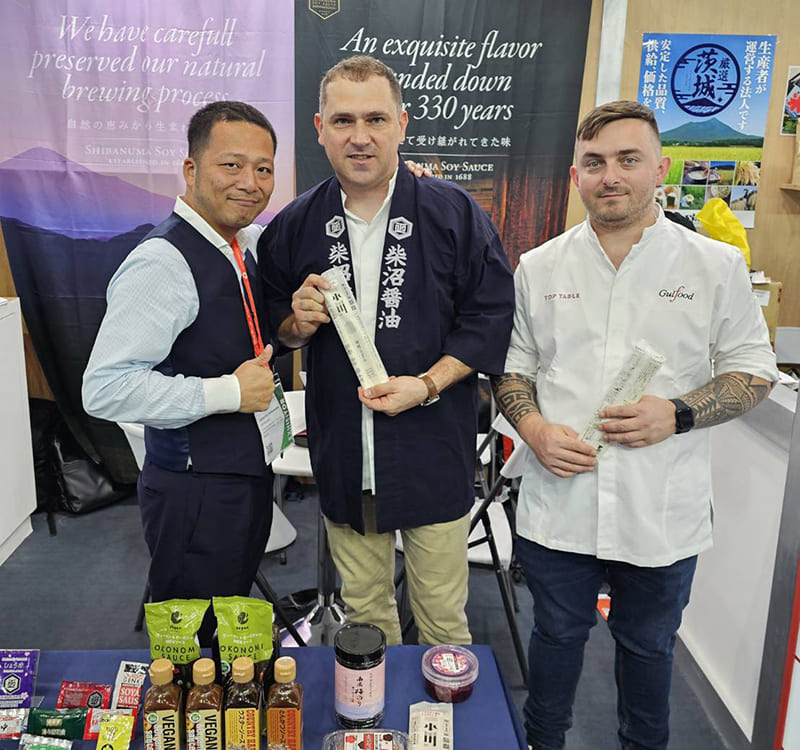
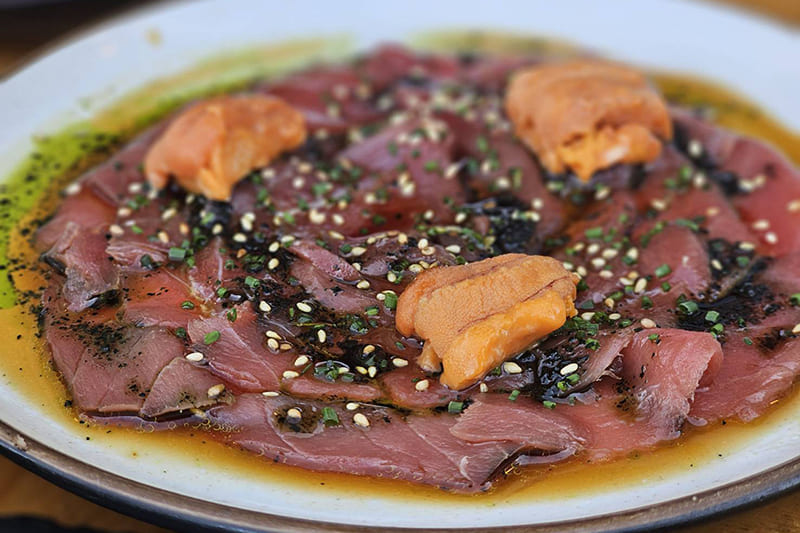
Not only is Shibanuma’s traditionally made soy sauce now popular in many countries, but there is also strong demand for the brewery’s other products, such as their soy sauce-based ponzu and teriyaki sauces.
“We have obtained FSSC22000/ISO22000 certification and set up a system to handle not just the soy sauce brewing, but also everything up to the final bottling ourselves. We can adjust the taste and thickness of the soy sauce according to the preferences of our export customers, and they are very happy that we can customize the size of products and label designs.
“Additionally, since regulations on ingredients are different in each country, we comply with those before shipping. We have also developed a halal-certified soy sauce.”
It’s easy to imagine how much effort and money such careful attention to customer needs must require, but the company has converted this hard work into a significant strength. Even as he describes how difficult it is to meet particular customer needs, Shibanuma’s face is cheerful and full of confidence.
The company’s soy sauce is now exported to 62 countries, providing products that meet local regulations with flavors adjusted to national preferences. The brewery’s flagship Ohitachi is used by high-end restaurants around the world, including London-based Japanese cuisine chain Zuma and Michelin-starred restaurants. It is also stocked in luxury department stores.
“When our soy sauce was used by a three-starred restaurant that serves French cuisine, I really felt that our authentic taste had been recognized. Only a tiny amount was used in the food, but a top chef had sought out authenticity for just a subtle flavor and arrived at Ohitachi.”
A house that is over 300 years old built using traditional construction methods still stands on the company grounds. Shibanuma grew up in the house, and today it is open to the public as a museum of the brewery’s history. The wooden barrels used from the Edo Period to the early 20th century are an impressive sight. They are physical evidence of Shibanuma’s continuous production of authentic, barrel-brewed soy sauce.
